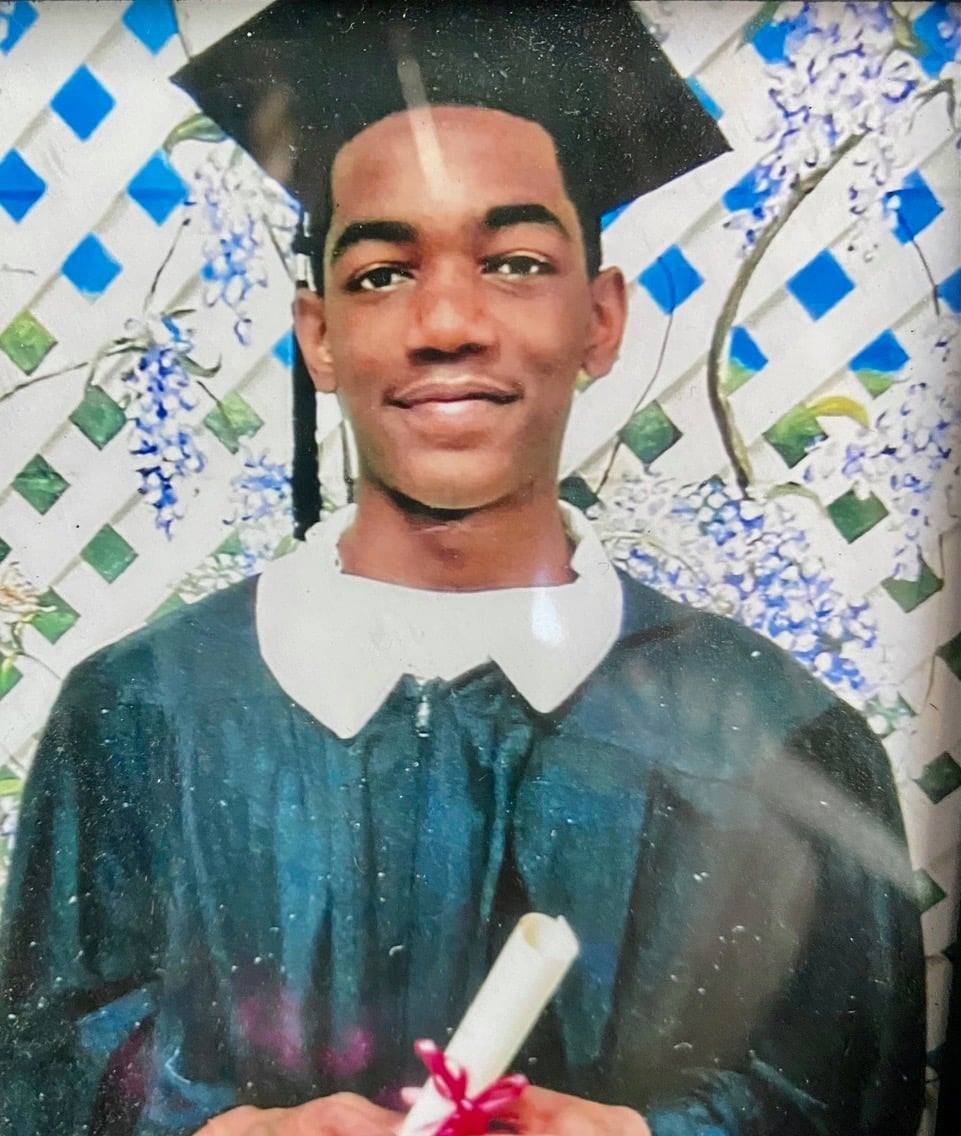“My name is Lee Albert Ansley and I’m sixty-five years old. I’m from Jacksonville Florida. I’ve been around the block a few times. I’ve been an addict; I’ve been a fool. I’m here for a parole violation, but I’ve done a total of 38 years.
I was raised by my mom and my big momma-my Grandmomma. There were only two adults in the house. The only time I saw my father was when he came to beat me. My momma would call my daddy when I would do something wrong and I would see him then. Basically that is all I saw of him at a very young age. My mother was fifteen years old when she had me. She already had a son before me—my oldest brother who is a year older than I am. Then she had two more. Three boys and one girl. She was a child with children.
Growing up I lived in a predominantly segregated neighborhood. All my friends were black because I lived in a black neighborhood. The only interaction I had with people outside my neighborhood was school, and it was totally black. Everything was black. The first encounter I had with people of a different origin was a negative experience. Some white guys jumped on me for walking down the street. That was shocking. Other than I was in the segregated south in 1950.
I don’t know when my grandmomma had my momma. She only had two kids, my uncle and my mom. I would assume that she was in her twenties. She came from a large family. Her family was a large family. Her daddy, Mr. Mathis, had about 13 or 14 kids. They were out there in the country and I don’t know exactly how that impacted her relationships with guys—I don’t know too much about my big mommas upbringing.
My mommma had me, my oldest brother, and my younger brother, but she gave him up to go and list with his grandmomma, and so my grandmomma raised him. Then she had my sister, who was baby girl—now that I think of it, my sister had her first kid when she was in high school. There goes that aspect of them being children raising children again.
When I first got charged I was seventeen years old. I was influenced by my peers who said, “Let’s go rob somebody.” I said, “OK.” As simple as that. I got arrested a day after my eighteenth birthday, but all the crimes I committed were when I was 17 years old. All of the crimes were robbery, but on one of the incidents, the guy in the store got shot. He stayed in the hospital for three hours and then released him because it was just a flesh wound. On one of the other charges, although I did not molest her, there was a girl and I looked down her dress. So…there were aggravating factors that resulted in me getting a life sentence.
The night I got arrested, the police officers interrogated me. I didn’t know that juveniles in custody have the right to refrain from talking until they contact our peoples, attorney and all that stuff. Anyways, the guy that I had caught the robbery charge with, said that I was with him during other robberies. They fooled me into saying that yea we did it. I stayed in jailed nine months, then my momma convinced me to plead guilty to the robbery charges. She had gotten a long distance attorney, who years later became known as a “hanging judge” because he was hard on crime in Jacksonville, and he had told her to tell me to plead guilty. Anyway, I listened to my momma, she said, “go ahead and plead guilty. Let’s get out of this fighting…give me some kind of relief.” So I plead guilty for those two robbery charges—they gave me life. I have the documents to prove it.
In the south, it was nothing for a black man robbing a white establishment to get life. As far as I was concerned, I saw a lot of that going on. It was 1969, the judge was white, the prosecutor was white, my attorney was white.
I was eligible for parole, after ten years, and was released in ’79. In 1983 I got 75 years for a robbery, in ’85 I went back to court and got exonerated. In 85’ they reinstated my parole. I caught a new charge and went back in in 1990. I was released again in ’99, and came back in 2001. I’ve been back ever since. “
Everglades Correctional Institution
Date of Receipt: August 1969
SENTENCED TO LIFE































